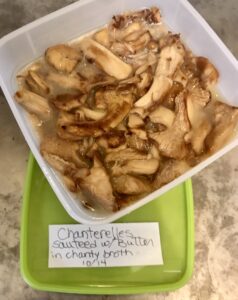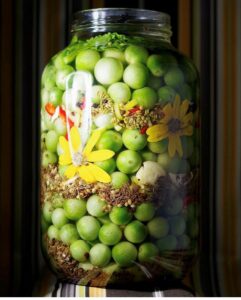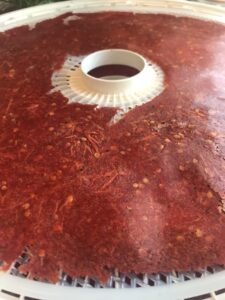
Photo from Buffy Rhoades. (Yes, these are from my garden.)
A couple weeks ago my husband and I celebrated our anniversary with a fancy-schmancy dinner at a local restaurant. They featured seafood and seasonal produce, and to my delight, corn was one of the highlights of the menu. (Corn pudding or majarete, is delightful! Who’d have known?!)

Now listen, I’m dating myself here, but I have childhood memories of a large wooden crate of freshly harvested corn on the side of the road with a hand-painted sign advertising “CORN 4 ears for $1”. My family would bring some home for dindin, but also to preserve for the rest of the year, because in-season produce is not only best quality, it’s also more affordable.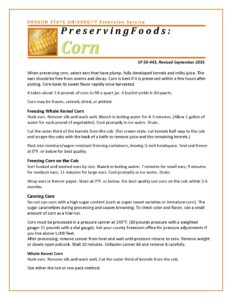
Lucky for us, Oregon State University Extension has a number of food preservation publications for individual foods, such as Preserving Corn. If you don’t care to pressure can your corn, but would really like to freeze it, they share everything you need to know about how to get the best results. (I did not know that you need to blanch corn before freezing it until I began training as a volunteer for OSU Extension. This explains my previously disappointing results!)

The season is winding down, but it’s not too late. I’ll be dreaming of my beloved great-aunt Barbara’s corn chowder while cleaning, blanching, and freezing ears of corn this weekend. Also, don’t forget OSU Extension’s Food Hero site for more recipes, facts, and kid activities.
It’s been a long while since my last post. Be assured, more topics are on the horizon, but in the meantime, if you haven’t already subscribed to our YouTube channel, followed us on Instagram and Facebook, or visited our webpage, please do so. We share all kinds of things relating to the Family and Community Health program. Mostly about life and getting good at it. (I love that quote!)

Photo by Buffy Rhoades
As always my friends, keep up the good work. Get your pressure canner gauge tested at an Extension office, stay curious and be excellent to each other.
Buffy Rhoades| mom. forager. gardener. volunteer turned program assistant. a real busy beaver
![]()
![]()
![]() Healthy Together Newsletter Website
Healthy Together Newsletter Website


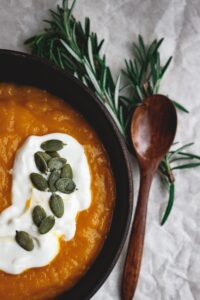
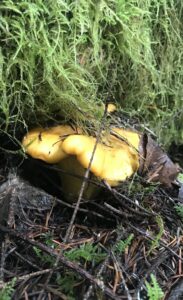
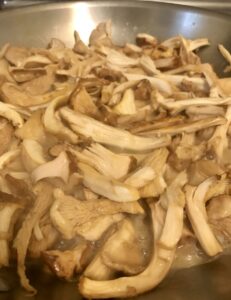 I like the effect of
I like the effect of 